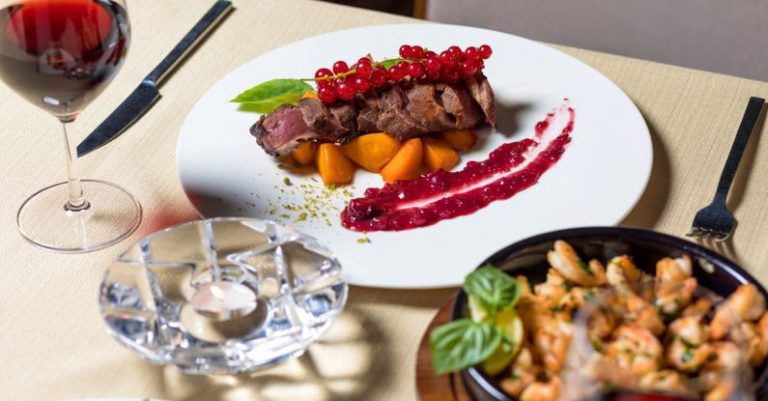
Steak dishes have become a beloved staple in cuisines worldwide, with each culture putting its unique spin on this classic protein. From the tender wagyu beef of Japan to the hearty churrasco of Brazil, the cultural roots of popular steak dishes run deep, reflecting the traditions, flavors, and ingredients of their respective regions.
The Argentine Asado Tradition
One of the most iconic steak dishes in the world is the Argentine asado, a culinary tradition deeply ingrained in Argentine culture. Asado refers to both the social event of gathering around an open flame to cook various cuts of meat and the cooking technique itself. The popularity of asado stems from Argentina’s rich cattle-raising heritage, with the country being one of the world’s leading beef producers.
Argentines take great pride in their beef, which is known for its exceptional quality and flavor. The asado typically features various cuts of beef, such as the renowned ribeye steak known as bife de chorizo and the tender flank steak called vacío. The meat is seasoned simply with salt and cooked over an open flame, resulting in a smoky, charred exterior and a juicy, flavorful interior.
Japanese Wagyu: A Tradition of Excellence
In Japan, the cultural roots of popular steak dishes can be traced back to the revered wagyu beef. Wagyu, which translates to “Japanese cow,” is known for its unparalleled marbling, tenderness, and rich flavor. The rearing of wagyu cattle is steeped in tradition, with farmers using time-honored practices to ensure the highest quality meat.
One of the most famous wagyu varieties is Kobe beef, which comes from the Tajima strain of Japanese Black cattle raised in the Hyogo Prefecture. Kobe beef is prized for its intense marbling, resulting in a buttery texture and melt-in-your-mouth experience. The preparation of Kobe beef is simple, often seasoned with just salt and pepper to let the meat’s natural flavors shine.
Brazilian Churrasco: A Feast for the Senses
In Brazil, the cultural roots of popular steak dishes can be found in the vibrant tradition of churrasco. Churrasco refers to the Brazilian barbecue style of cooking meat on skewers over an open flame. This communal dining experience is a cornerstone of Brazilian culinary culture, bringing friends and family together to enjoy a feast of grilled meats.
Various cuts of meat are used in churrasco, including picanha (top sirloin cap), fraldinha (flank steak), and costela (beef ribs). The meats are seasoned with rock salt and grilled to perfection, resulting in a smoky, charred exterior and a juicy, flavorful interior. Churrasco is often accompanied by traditional side dishes such as farofa (toasted cassava flour), vinagrete (Brazilian salsa), and pão de queijo (cheese bread).
American Steakhouse Tradition: From T-bone to Ribeye
In the United States, the cultural roots of popular steak dishes can be found in the classic American steakhouse tradition. American steakhouses are known for their wide selection of cuts, from the bone-in T-bone steak to the marbled ribeye. The tradition of dry-aging beef is a hallmark of American steakhouses, enhancing the meat’s flavor and tenderness.
The steaks are often seasoned with a signature blend of spices and grilled to the diner’s preferred level of doneness. Popular side dishes at American steakhouses include creamy mashed potatoes, buttery asparagus, and indulgent macaroni and cheese. The American steakhouse tradition embodies a celebration of meat, flavor, and hospitality.
Exploring the Global Influence of Steak Dishes
Steak dishes have transcended borders and cultures, becoming a beloved culinary staple around the world. Whether it’s the sizzling asado of Argentina, the luxurious wagyu of Japan, the festive churrasco of Brazil, or the classic steakhouses of the United States, each culture brings its unique flavors and traditions to the table. By exploring the cultural roots of popular steak dishes, we gain a deeper appreciation for the diverse culinary heritage that unites us through the universal love of a perfectly cooked steak.





